The main benefit of nitrogen-filled tires is that the loss of tire pressure is slower, because the gas in the tire escapes more slowly than air does. With more stable tire pressure, the thinking goes, you’ll get better gas mileage and get full tire life since you’re always rolling on fully inflated tires.
Claims are also made that nitrogen in tires prevents tire “rot” by limiting the moisture that naturally occurs inside tires and heads off corrosion of the wheel that can be caused by contact with moisture.
These claims are overstated. The advantages of tires filled with nitrogen, instead of plain ol’ air, aren’t big enough to justify the price tag or the inconvenience. On new car tires, the cost can range from $70 to as much as $179. On existing tires, you’ll pay up to $30 per tire for service to drain air and refill with N2. Refills will run you $5 to $7 per tire, which you can expect to do less often than with air-filled tires.
But you’ll still need topping off every two or three months.
Small amounts of air naturally leak out of tires over time, especially when tires are subject to large temperature swings. This is because the walls of tires are slightly porous. When a tire gets hot the air inside it expands. The added pressure pushes minute quantities of air out through the pores, so you occasionally have to get your air topped off even if your tire doesn’t have a hole.
Promoters of nitrogen tires point out they don’t lose tire pressure as fast as air-filled tires. Since nitrogen molecules are bigger than normal air molecules, it is harder for them to leak out. This means a tire filled with nitrogen will maintain air pressure longer. Therefore, they say, you’ll roll on tires that are always properly inflated, resulting in better fuel economy and longer tire life.
A normal tire filled with regular air loses an average 1 to 2 PSI (pounds per square inch) per month. It’s true that there is a slower loss from nitrogen-filled tires. But this improvement is slight — only about 1.3 PSI less over the course of an entire year, according to Consumer Reports. It’s not enough to make a true difference in gas mileage or tire wear for people driving passenger vehicles.
It’s true that there is a slower loss from nitrogen-filled tires. But this improvement is slight — only about 1.3 PSI less over the course of an entire year, according to Consumer Reports. It’s not enough to make a true difference in gas mileage or tire wear for people driving passenger vehicles.
This is partly because air is already made up of 78 percent nitrogen and just under 21 percent oxygen, with the rest a mix of water vapor, carbon dioxide and other gases. When tires are filled from a nitrogen air pump this ups the percentage of N2 to between 93 and 95 percent. It’s never 100 percent.
Bottom line: Nitrogen will slow the amount of tire inflation loss to about one-third of what you’ll experience with air. This means instead of losing one to two PSI per month, you’ll lose ⅓ to ⅔ PSI per month. You’ll still need to check and top off your air roughly every other month to stay within the ideal inflation range. And you’ll spend far more than you’ll save on gas and tire tread life.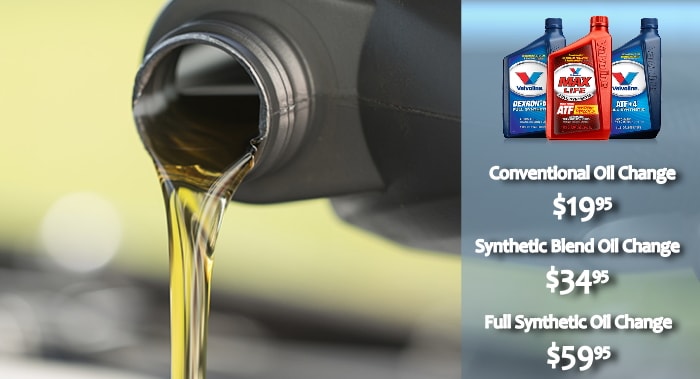 You’re better off making simple tire maintenance part of your routine.
You’re better off making simple tire maintenance part of your routine.
There are more cons than pros for changing to N2 tires. For example, nitrogen filling tanks aren’t easily accessible like air compressor tanks. You’ll have to plan for refills in places that may be few and far between. This can cost you time and money. Here’s all the info.
Q. How much will it cost to get nitrogen in my tires?
A. For fills of new tires, between $70 to about $175 at some outlets. Drains of air and refills with nitrogen on current tires, up to $30 per tire. Topping off can be between $5 and $7 per tire. If you want to keep your tires within 1 PSI of the ideal, you’ll likely be topping off at least four times a year, probably more. This could be between $80 and $112 a year, and possibly a whole lot more. Compare this to paying nothing at all for regular air at a tire store, or around a buck per fill at a service station.
Topping off can be between $5 and $7 per tire. If you want to keep your tires within 1 PSI of the ideal, you’ll likely be topping off at least four times a year, probably more. This could be between $80 and $112 a year, and possibly a whole lot more. Compare this to paying nothing at all for regular air at a tire store, or around a buck per fill at a service station.
Q. Are they safe?
A. They’re as safe as regular tires. Nitrogen isn’t flammable and won’t cause your tires to explode.
Q. Will I get better gas mileage?
A. You’ll always get better fuel economy on properly inflated tires, whether they’re filled with nitrogen or air. Under-inflated tires can lower gas mileage by about 0.2% for every 1 PSI drop in the average pressure of all tires. They’ll also wear faster and be more prone to failure. The most economical way to make sure you’re driving on well-inflated tires is to just check your tire pressure once a month or get it done by a technician (free at good tire stores).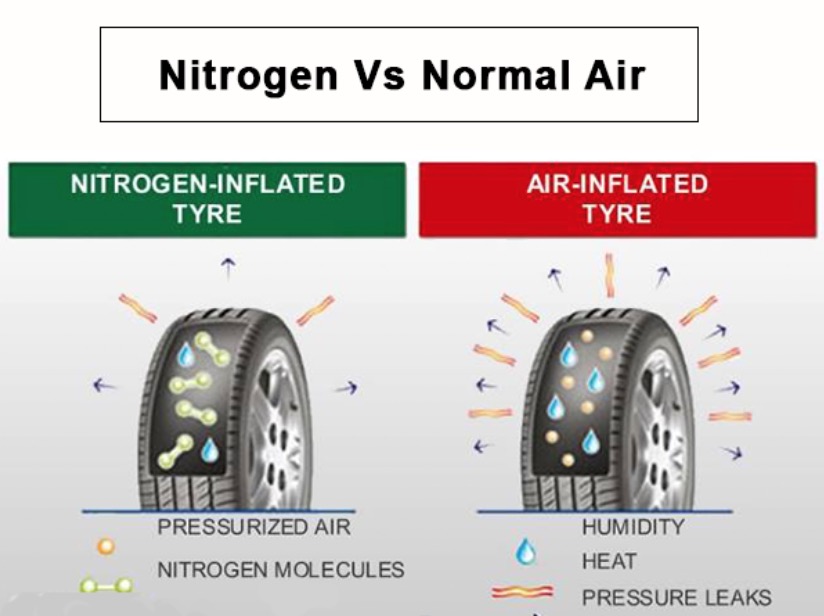
Q. Will nitrogen prevent tire rot? Wheel rust?
A. Nitrogen is a “dry” gas compared to oxygen (which makes up about one-fifth of regular air). Nitrogen-filled tires don’t generate as much moisture inside when tires expand from heat friction then contract when they cool.
However, rubber rot from moisture inside the tires of passenger vehicles is very unusual. Unless your tires are on a vehicle that’s rarely driven, it’s far more likely your tire tread will wear out before the small amount of moisture inside an air-filled tire degrades the rubber.
And today’s alloy wheels are coated to prevent corrosion on steel parts — the belts, beads and sidewall buttressing — that may come into contact with water, so that’s not a typical problem.
Q. Can nitrogen tires be filled with air?
A. Yes. It’s unsafe to drive around on under-inflated tires, so don’t hold off thinking you need to wait to top off until you can get to a filling tank.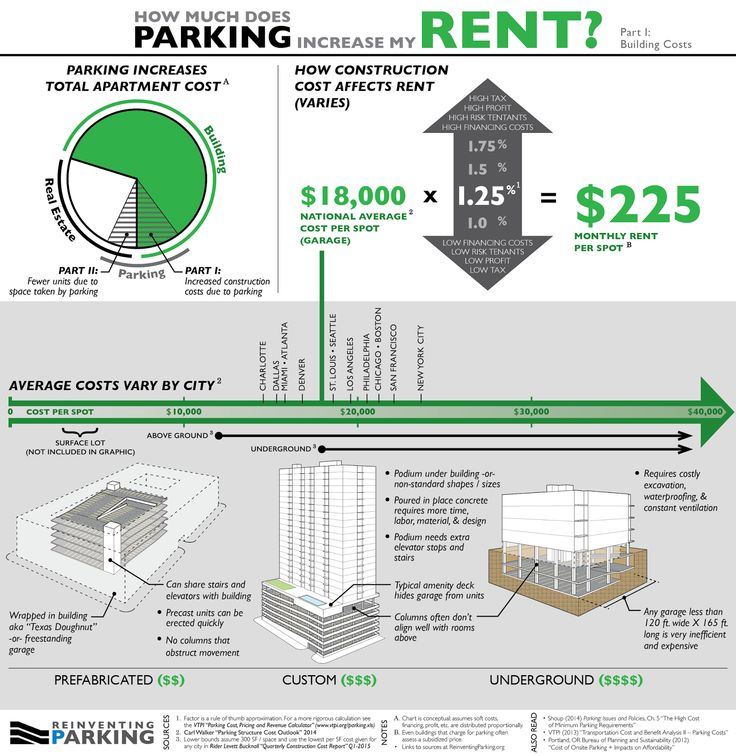 It’s perfectly fine to add air and just get your next fill with nitrogen.
It’s perfectly fine to add air and just get your next fill with nitrogen.
Q. Do they run cooler?
A. There’s no significant difference between air-filled and nitrogen-filled tires in terms of running temperature.
Q. Where can I fill my tires?
A. Use this nitrogen dealer locator, but be aware that some filling stations require you to have purchased tires with them, or have a membership.
Q. Will I have a better ride?
A. There’s no difference in handling or ride quality between tires filled with air or nitrogen, so long as they’re kept properly inflated.
Q. How can I tell if I have nitrogen in my tires?
A. The tire valve stem will have a green plastic cap or a cap topped with a green indicator.
Q. How do tires get filled with nitrogen for the first time?
A. The tire is purged of air and filled with nitrogen several times using a machine, which takes out most of the oxygen along with any water.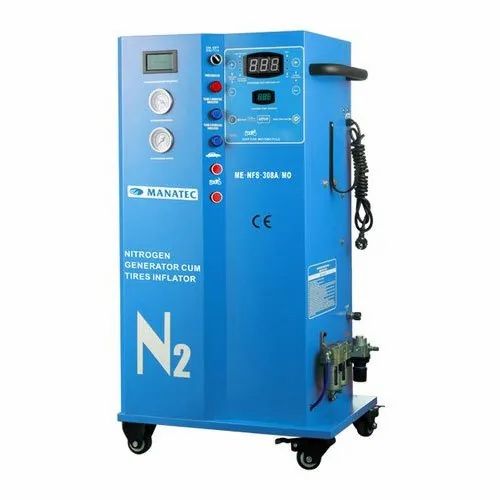
Learn More
Tips for selling Nitrogen Tire Inflation to your customers.
Before you start selling Nitrogen Tire Inflation to your customers, keep the following in mind:
Our suggestion is to price the service between $8 and $12 per tire when converting an air-filled tire to a Nitrogen-filled tire, depending on the size of the vehicle’s tires. From that point on, perform free Nitrogen top-off’s as required.
We also suggest getting creative with your marketing and pricing. For example:
If selling the tire also, offer Nitrogen at a reduced cost, or include it in the price of the tire.
Include Nitrogen inflation as part of a tire service package, such as tire rotations, balances and alignments.
If you’re a new car dealer, add $50 to the sticker price of the vehicle.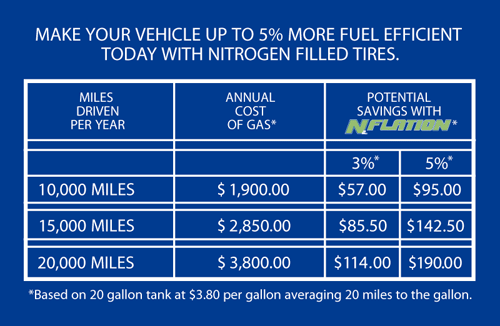
Don’t forget the spare tire! To most customers, the spare tire is "out of sight, out of mind" but they will appreciate a properly inflated spare when they need it.
We have found that the above pricing strategies work no matter your geographic location. Customers are willing to pay for peace of mind and to see savings in their pocketbook!
It’s time to sell the service! Actually, there really isn’t much selling involved at all. Nitrogen tire inflation sells itself. Here’s the basic process we recommend:
If it did, and your shop didn’t do the original Nitrogen inflation, check the purity of the Nitrogen in the tires. If it’s less than 96%, you have a sales opportunity, since Nitrogen purity of less than 96% provides diminished benefits.
Document the pressure reading of each tire, along with the recommended pressure on the vehicles door jamb placard.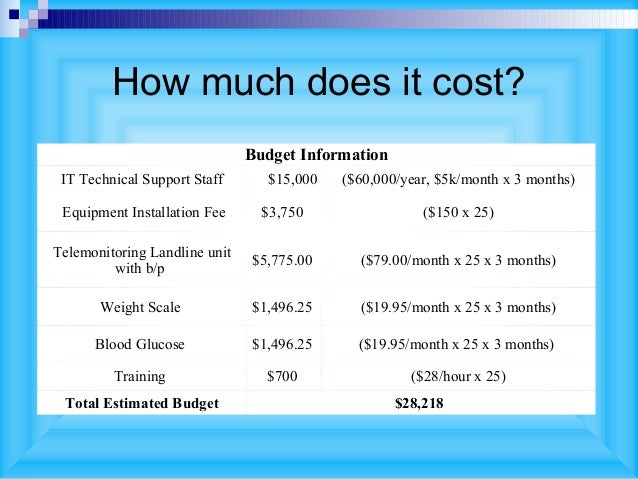
It’s likely that the customer’s actual tire pressures are below (in many cases, significantly below) the recommendation provided by the vehicle manufacturer. In this case, explain the benefits of Nitrogen tire inflation and the low per-tire cost involved, and you will find that a large number of customers will purchase the service.
If the tire pressures match the vehicle manufacturer specifications, congratulate the customer on properly maintaining their tires—it’s a rarity!
Remind the customer that inflating with Nitrogen does not mean they no longer need to check tire pressures. Welcome them back to your shop at any time to top off their tires with Nitrogen for free. Not only is this a benefit to your customer but over time you are building a trust relationship with them.
Also mention to them that if they are out of town on a road trip and notice a tire that is low on pressure, it’s perfectly fine to top the tire off with regular air to make the tire safe again. Encourage them to bring the vehicle to you as soon as they return home so that you can find out why the tire is losing pressure (for example, a puncture).
Encourage them to bring the vehicle to you as soon as they return home so that you can find out why the tire is losing pressure (for example, a puncture).
Autopro Distributing, Inc
6026 Kalamazoo Ave SE
Suite 121
Kentwood, MI 49508
Contact Us
Copyright 2022 Autopro Distributing, Inc.
Terms of Service | Privacy Policy
Grand Rapids Website Design by Visioneer Consulting
One of the latest trends in our automotive services market is the use of nitrogen in tires. Fans of this method assure a significant reduction in fuel consumption. It is also believed that the wheels practically do not go down due to the larger size of the gas molecule compared to air. Many tire fitting stations and service centers offer refueling of tires with this gas.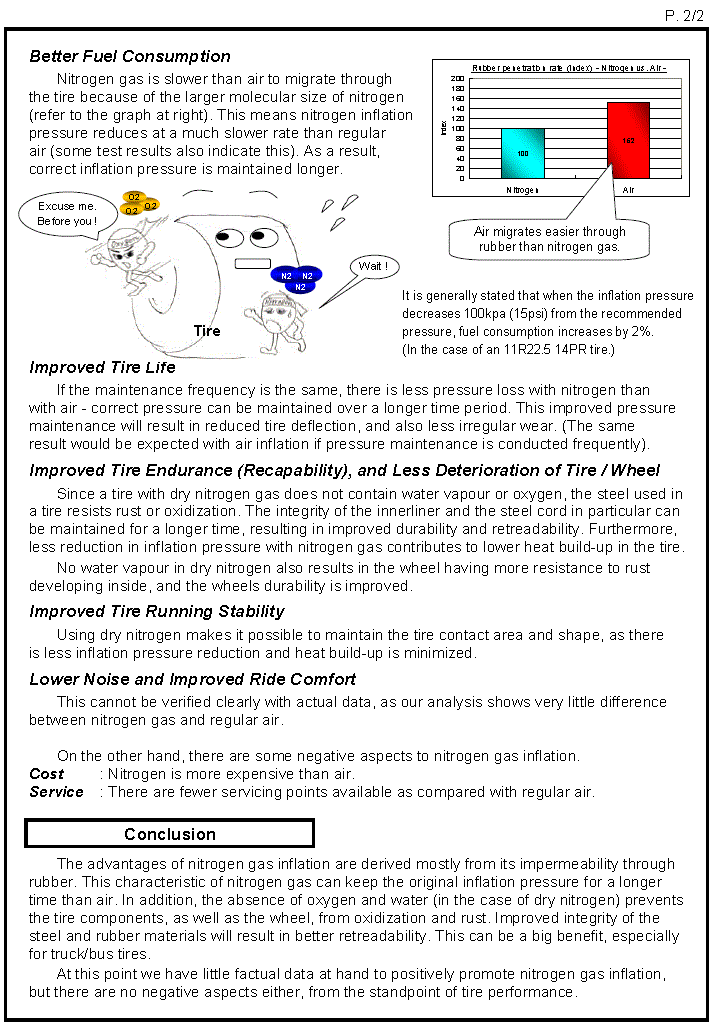
There are also opponents of the method who completely dismiss all the arguments of the supporters. Their main argument is the well-known fact that air is 78% nitrogen, 21% oxygen and other gases. Question: why inject another 15% nitrogen? It is unlikely that an additional volume of gas can dramatically improve the performance of a car tire. Moreover, this service costs more.
Let's look into the situation, consider all the pros and cons of nitrogen in tires.
In the automotive world, pumping nitrogen into tires has been around for a long time. True, this method was first used in the "royal" class of racing - Formula 1. However, like most other technologies that have been tested on cars before manufacturers start using them on production cars. In this case, an air-nitrogen mixture was used, and not pure gas. The method was first used in the middle of the last century.
In the case of Formula 1, the use of this method provides at least one big plus - increased safety.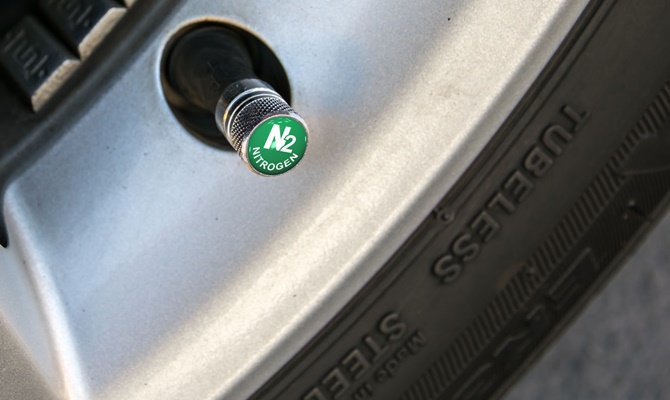 The fact is that in the event of a car igniting, the air from the burst tire is an oxygen blower, igniting the flame even more. In the case of nitrogen injection into tires, this effect will no longer be, that is, the risk of fire is reduced.
The fact is that in the event of a car igniting, the air from the burst tire is an oxygen blower, igniting the flame even more. In the case of nitrogen injection into tires, this effect will no longer be, that is, the risk of fire is reduced.
In the US, nitrogen is used instead of air in tires in commercial vehicles. This is not a mandatory rule, but many truck owners and carriers use alternatives.
In everyday life, cars are not often used to the limit of their capabilities, fires occur very rarely. Therefore, pumping gas instead of air just for the sake of greater safety is impractical, but there are other advantages.
Nitrogen tire inflation has both supporters and opponents. Moreover, they are present among professionals, including owners of tire stations and service stations, and among amateurs. The advantages of the method include:
This is one of the most common arguments for nitrogen instead of air. Its essence boils down to the fact that the specified gas is lighter than air, respectively, the lower weight of the wheel will lead to a decrease in fuel consumption.
Its essence boils down to the fact that the specified gas is lighter than air, respectively, the lower weight of the wheel will lead to a decrease in fuel consumption.
To do this, you need to deal with real numbers. A cubic meter of air, which is pumped into tires, has a weight of 1.29 kg, and a cubic meter of gas - 1.25 kg. A standard passenger car wheel holds about 75 grams of pure gas and 77 grams of air mixture. Therefore, the difference in fully inflated wheels will be a few grams, which is negligible for significant fuel savings.
The difference is almost imperceptible - much more weight on the wheel adds dirt between the treads or pebbles.
Summer Drive Protection Sound Comfort
Rating:
4.5
Tires Goodyear Eagle F1 Asymmetric 3 SUV
Summer Drive protection
Rating:
4. 5
5
Tires Goodyear Eagle Sport TZ
Summer Drive protection
Rating:
4.5
Tires Goodyear EfficientGrip 2 SUV
Summer Drive Protection Run On Flat
Rating:
4.5
Tires Goodyear EfficientGrip Performance
Winter Drive protection
Tires Goodyear UltraGrip Arctic 2 SUV
Winter Drive Protection Sound Comfort
Rating:
4.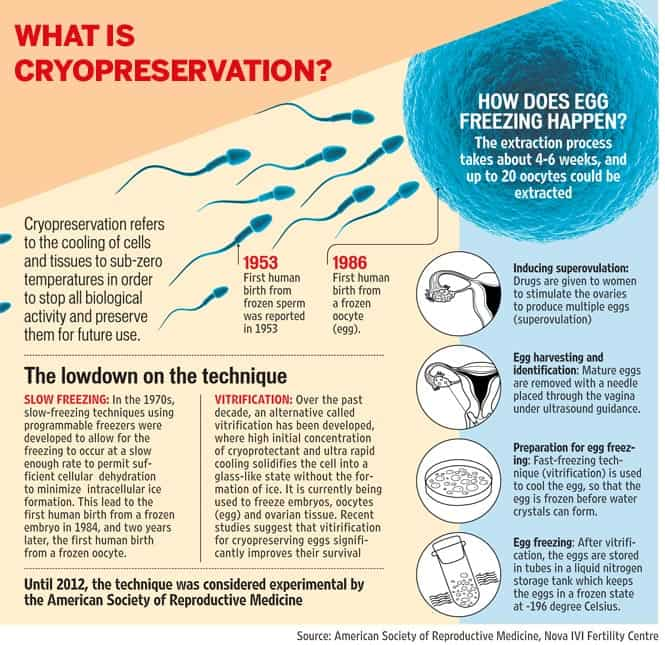 5
5
Tires Goodyear UltraGrip Ice 2
Winter Drive Protection Sound Comfort
Rating:
4.5
Tires Goodyear UltraGrip Ice SUV
Winter Drive protection
Tires Goodyear UltraGrip Performance+ SUV
All season Drive Protection
Rating:
5
Tires Goodyear Vector 4Seasons Gen-3 SUV
Summer Drive Protection Run On Flat
Rating:
4
Tires Goodyear Wrangler HP All Weather
All season Drive Protection
Rating:
4.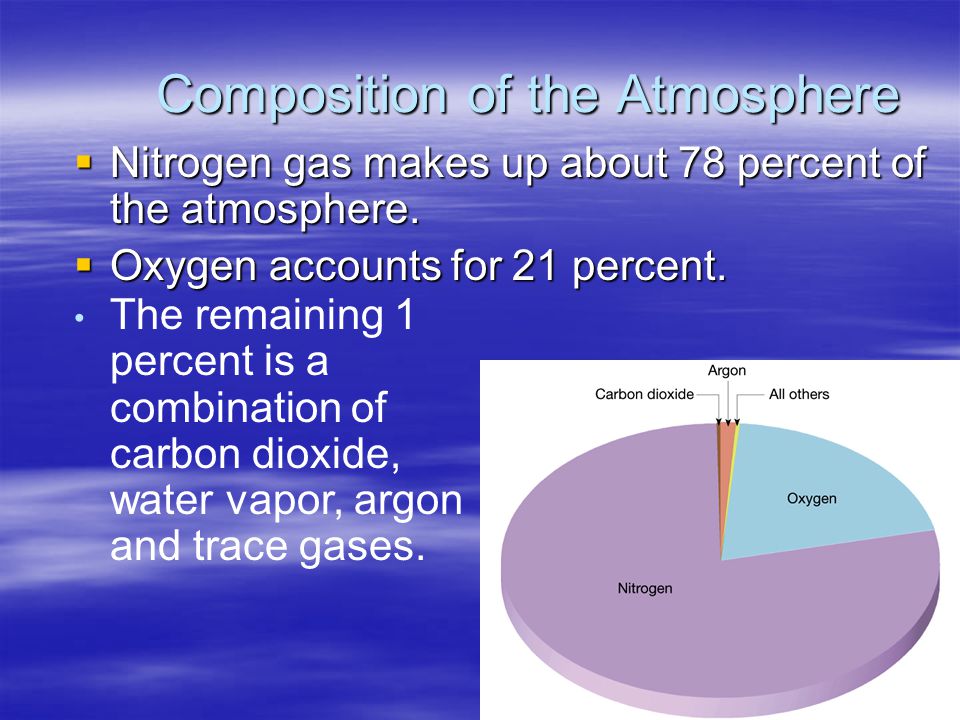 5
5
Tires Goodyear Vector 4Seasons
Summer
Rating:
4.5
Tires Goodyear Wrangler All-Terrain Adventure with Kevlar
Summer Drive Protection
Rating:
4.5
Tires Goodyear EfficientGrip SUV
Summer Drive Protection Run On Flat
Rating:
4
Tires Goodyear Eagle F1 Asymmetric SUV
Stable pressure is another argument for fans to pump nitrogen instead of regular air into the wheel.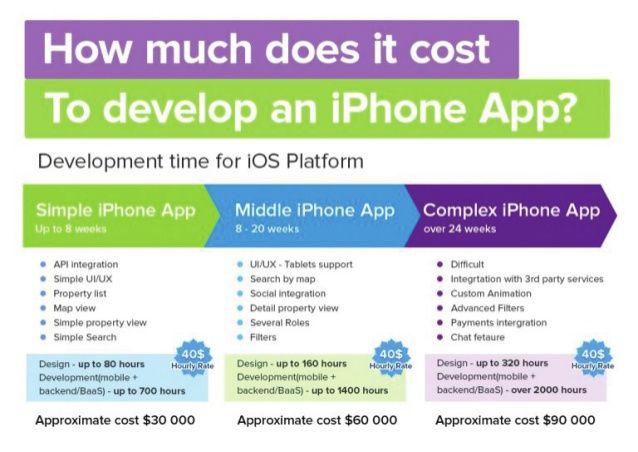 In this case, the argument is the larger size of the gas molecule compared to the size of the oxygen molecule. Accordingly, oxygen seeps through microscopic cracks and holes in the tire faster. As a result, the pressure drops and the wheel lowers.
In this case, the argument is the larger size of the gas molecule compared to the size of the oxygen molecule. Accordingly, oxygen seeps through microscopic cracks and holes in the tire faster. As a result, the pressure drops and the wheel lowers.
Yes, it is. But do not forget that ordinary atmospheric air is 78% nitrogen, and only 21% oxygen. Therefore, when the pressure drops in the wheel, it is pumped up, thus adding even more nitrogen from ordinary air. For several years of operation, the wheel is almost completely inflated with gas alone.
Nitrogen practically does not expand when heated, so the pressure in the tire will remain constant when the temperature changes. In contrast to this statement, it is worth noting that more than three-quarters of the air is occupied by nitrogen. Other gases also do not expand much, so the pressure difference in tires filled with air or nitrogen when heated is not too great to take into account.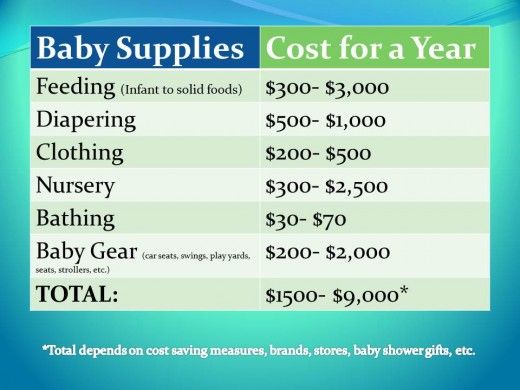
Proponents of the method claim that the absence of oxygen provides additional protection for the material from aging. Yes, this is a fair remark, but does it make any practical sense? Rubber is exposed to other factors - aggressive environment, moisture, sunlight, and so on. All this does not contribute to the extension of service life, but no one is going to use tires forever. There are certain operating times that are not significantly affected by the gas used.
A lower noise level indicates a tire filled with clean gas rather than atmospheric air. Yes, by simple measurements at a speed of 100 km / h, the noise level in the first case is 65 dB versus 68 dB in the second. Is it good or bad? Just imperceptibly - a difference of 3 dB is absolutely negligible.
A wheel filled with nitrogen is less likely to explode. In fact, the wheel will explode only in the case of ruthless operation of the car, which is very rare in ordinary life. Moreover, in fact, the wheel does not explode, but bursts - there is a sharp loss of pressure when the tire structure is destroyed. And this can happen when hitting an object or obstacle.
Also, do not pay serious attention to the advice of those who recommend less checking the tire pressure with nitrogen. Checking should be done as often as the manufacturer recommends, and the number of checks does not depend on the type of mixture. How much the wheel “holds” is largely influenced by the composition of the rubber, its condition. A normal tire without damage is able to hold pressure for years
But metal corrosion is more pronounced when air is used. The oxygen contained in it is an oxidizing agent. It enters into a chemical oxidation reaction even at low temperatures, affecting the wheel and rubber. This statement can be attributed to the really positive aspects of nitrogen injection.
The downside of using nitrogen instead of air in your car tire can be the price. After all, the technology provides for the removal of air from the wheel and then the injection of clean gas instead.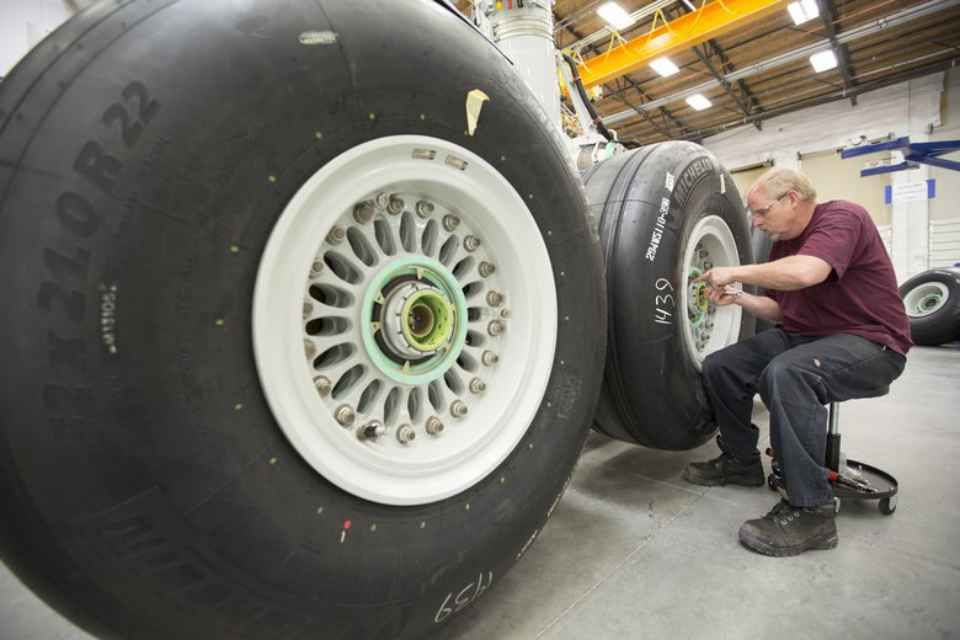 Naturally, you need to think carefully about whether it is necessary to pump in nitrogen, or whether it is better to use the traditional method. We did not find significant advantages, representatives of the main tire brands have a similar opinion. To determine why to do this, you need to think carefully, because there are no pronounced advantages.
Naturally, you need to think carefully about whether it is necessary to pump in nitrogen, or whether it is better to use the traditional method. We did not find significant advantages, representatives of the main tire brands have a similar opinion. To determine why to do this, you need to think carefully, because there are no pronounced advantages.
Another disadvantage is the need to use special equipment, gas cylinders are also needed. This can only be afforded by special service centers for car maintenance, tire shops. Any car owner can inflate a tire with a compressor or even a simple pump, for this it is not necessary to be a professional. With nitrogen, this will not work - in a garage or in the middle of a highway you will not be able to pump gas, at least without the appropriate equipment.
The following shortcoming cannot be called a pure disadvantage of the method, but still its opponents often talk about it. The essence of their refutation boils down to the fact that in simple air the nitrogen content is at least 78%, so it makes no sense to pump in an additional 15%.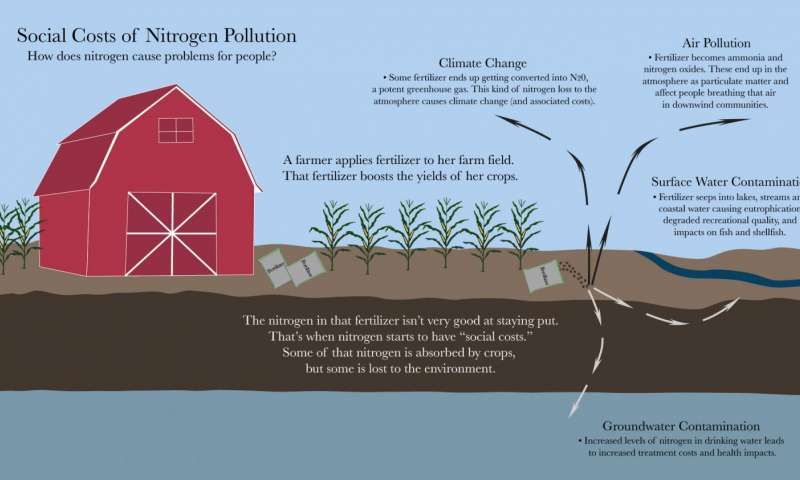
The argument for using nitrogen in tires is the smooth running of the vehicle. There is no obvious confirmation of this advantage, just the pressure in this case is slightly less - the wheel is under-inflated, which ensures smooth movement on uneven road surfaces.
It is a clear myth that when a tire is punctured, gas escapes more slowly than pure air. The reason for this is the larger size of its molecule. This is not true, and any puncture can “empty” the wheel in a matter of moments.
For example, in the rules of the notorious Formula 1, the elite of motorsport, there is no mandatory requirement to use nitrogen exclusively. Choice is provided, which means there is no advantage of one method over another. For road cars, the situation is similar, but with one clarification. The cost of using nitrogen in vehicle tires is much higher and this is a significant disadvantage. The question arises - why overpay if there are no benefits as such? The answer depends solely on the preferences of a particular car owner.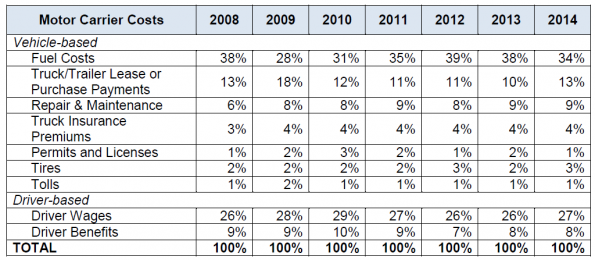
Please enable JavaScript in your browser to display pages properly.
8 (800) 707-65-40
Request a call
Remind password
Personal account
New customer
8 + 3 =I hereby confirm that I have read and agree to the terms of the privacy policy and consent to the processing of my personal data. Learn more
Request a call
Leave your phone number and a convenient time to call, and we will call you back
Shopul. Komsomolskoye highway, 3b st. Business, 7st. Vaneeva, 209Aul. Golubeva, 7 st. Karl Marx, 60 vul. Comintern, 39, room 1st.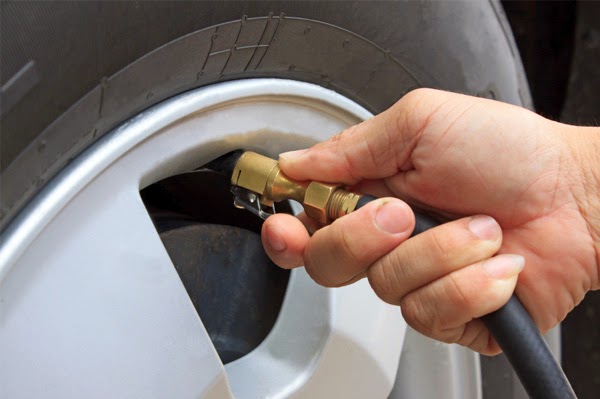 Generala Ivlieva, house 24Aul. Fuchik, 36, Perekhodnikova st., 28/1 st. Dyakonova, 2 r. Gaugelya 2A/2pr. Gagarina, 37b 2 + 1 =
Generala Ivlieva, house 24Aul. Fuchik, 36, Perekhodnikova st., 28/1 st. Dyakonova, 2 r. Gaugelya 2A/2pr. Gagarina, 37b 2 + 1 = I hereby confirm that I have read and agree to the terms of the privacy policy and consent to the processing of my personal data. Learn more
Recently, it has become fashionable to use pure nitrogen instead of air to inflate tires. Those who do this say that nitrogen in tires is a great boon.
Particularly successful sellers in the literal sense of the word air, and promise improved ride and handling, and fuel efficiency, and corrosion resistance, and it is not clear what else that has nothing to do with nitrogen as such. Let's try to figure out what the use of nitrogen in tires can really bring.
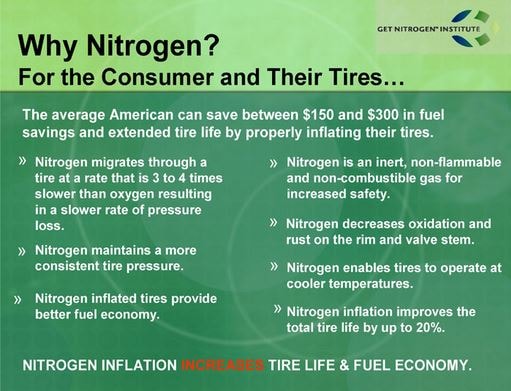 This is usually presented as a huge benefit of nitrogen. But let's try to figure it out. How often have you encountered corrosion on the inner surface of a disc installed on a car? We are ready to bet that never. Indeed, this is not the main thing. The main advantage here is that the destructive effect on the tire, which, as you know, consists of a rubber-carbon mixture, is reduced. In the absence of an oxidizing agent, there is no destruction of carbon chains. But the air outside the tire is still air. However, there is a chance that nitrogen-filled tires will tan less and hold pressure better.
This is usually presented as a huge benefit of nitrogen. But let's try to figure it out. How often have you encountered corrosion on the inner surface of a disc installed on a car? We are ready to bet that never. Indeed, this is not the main thing. The main advantage here is that the destructive effect on the tire, which, as you know, consists of a rubber-carbon mixture, is reduced. In the absence of an oxidizing agent, there is no destruction of carbon chains. But the air outside the tire is still air. However, there is a chance that nitrogen-filled tires will tan less and hold pressure better. 